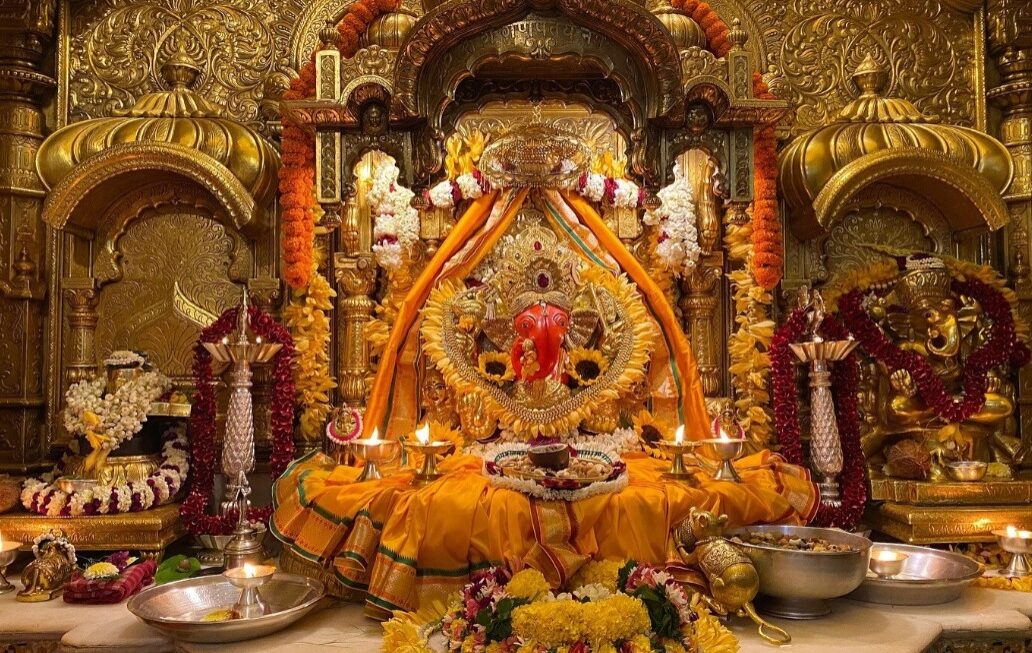The story of Bangla Sahib in Delhi, India begins with a palace built by a Rajput king in the 17th century. Gurdwara Sahib in Delhi has a deep-rooted history connected to Sikhism, particularly through the visits and sacrifices of the Sikh Gurus. Here’s an overview of its journey from the beginning to the present and every religious connect with gurdwara sahib and they visit weekend.
The palace
- The palace was built by Raja Jai Singh, a Hindu Rajput ruler.
- The palace was originally called Jaisinghpura Palace.
- The palace was located in Jaisingh Pura, a neighborhood that was demolished to make way for Connaught Place.
The gurdwara
- The gurdwara is named Bangla Sahib to honor the stay of the eighth Sikh Guru, Guru Har Krishan.
- The gurdwara is a symbol of spiritual solace, with its white marble edifice and golden domes.
- The gurdwara’s sacred waters are believed to have healing properties.
- The gurdwara has an art museum with manuscripts, coins, and paintings.
The gurdwara is a place of great reverence for Sikhs, and a place for special congregation on Guru Har Krishan’s birth anniversary
The Beginning: Sikh Gurus and Their Influence
Sikhism’s connection with Delhi dates back to Guru Nanak Dev Ji, the first Sikh Guru, who is believed to have visited the city in the early 16th century. Over time, various Gurus played significant roles in Delhi’s Sikh history
Guru Hargobind Ji (6th Guru): Established a strong Sikh presence in Delhi and was once imprisoned in the Gwalior Fort by Mughal Emperor Jahangir. Later, he was released and visited Delhi. Guru Tegh Bahadur Ji (9th Guru): In 1675, he was martyred at Chandni Chowk, Delhi, by Mughal Emperor Aurangzeb for defending religious freedom. His martyrdom led to the establishment of Gurdwara Sis Ganj Sahib at the site of his execution. Guru Gobind Singh Ji (10th Guru): The sons of Guru Gobind Singh Ji, Sahibzada Zorawar Singh and Sahibzada Fateh Singh, were martyred under Mughal rule, leading to an even stronger Sikh presence in Delhi,India.
Establishment of Historic Gurdwaras
- Gurdwara Sis Ganj Sahib (1675): Built at the site where Guru Tegh Bahadur Ji was beheaded. It remains a major pilgrimage site
- Gurdwara Bangla Sahib (1783): This was originally the bungalow of Raja Jai Singh, where Guru Har Krishan Ji (8th Guru) stayed and helped people suffering from smallpox and cholera. After his passing, it was turned into a gurdwara
- Gurdwara Rakeb Ganj Sahib (1783): Built at the cremation site of Guru Tegh Bahadur Ji
Modern Era (20th Century – Present)
- Post-independence, Delhi saw an increase in Sikh migration, especially after the Partition of India in 1947. Many Sikh families settled in areas like Tilak Nagar, Rajouri Garden, and Lajpat Nagar.
- Several new gurdwaras were established to serve the growing community.
- The Delhi Sikh Gurdwara Management Committee (DSGMC) was formed to manage and maintain gurdwaras in the city.
- Gurdwaras expanded into centers for community service, providing langar (free meals), medical facilities, and education.
- Today, gurdwaras in Delhi are major spiritual, social, and cultural centers attracting devotees from all over the world.
Gurdwara Sahib stands as a beacon of faith, selfless service, and devotion. It embodies the Sikh values of equality, humility, and compassion, welcoming all, regardless of caste, creed, or background. The sacred langar (community kitchen) feeds millions, reflecting the spirit of Seva (selfless service). Its peaceful atmosphere and soul-stirring kirtan (devotional music) uplift hearts, offering solace and strength. From the sacrifices of Sikh Gurus to modern humanitarian efforts, Gurdwara Sahib remains a symbol of resilience and love. It is not just a place of worship but a sanctuary of hope, guiding humanity toward truth and righteousness.
Guru Har Krishan Ji’s Compassion at Gurdwara Bangla Sahib (1664)
At just eight years old, Guru Har Krishan Ji, the 8th Sikh Guru, demonstrated unmatched compassion and sacrifice in Delhi. During a severe smallpox and cholera outbreak, he selflessly served the sick, offering them clean water and healing their spirits. Despite warnings, he continued helping the suffering people. Eventually, he contracted the disease himself and attained martyrdom at such a young age.
Lesson: True leadership is about service, even at personal risk.
Gurdwara Sahib, bathed in golden light during sunrise or sunset. The grand structure should feature intricate Sikh architecture, with majestic domes, golden embellishments, and a sacred sarovar (holy water tank) reflecting the temple’s beauty. In the foreground, Sikh devotees, including men, women, and children, are seen praying, serving langar (community kitchen), and helping the needy, representing the values of Seva (selfless service) and compassion. In the background, a faint divine aura or ethereal light should depict the spirits of great Sikh Gurus, such as Guru Nanak Dev Ji and Guru Gobind Singh Ji, symbolizing their eternal presence and guidance. The sky should be painted in hues of orange, pink, and gold, giving a heavenly, serene feel. The entire scene should radiate peace, spirituality, and strength, embodying the resilience and unwavering faith of Sikhism.” and people always visit gurdwara sahib they doesn’t matter which community and gurdwara sahib know his problem and solve and people also faith gurdwara sahib…
People believe in Gurdwara Bangla Sahib because of its deep spiritual significance, historical importance, and the miracles associated with Guru Har Krishan Ji, the eighth Sikh Guru.
Conclusion: Why People Believe in Bangla Sahib
People believe in Bangla Sahib because it represents miracles, healing, selfless service, peace, and Guru’s blessings. The faith in this sacred place continues to grow as devotees experience spiritual upliftment, divine grace, and positive changes in their lives.
Jo bole so Nihal, sat Sri Akal” is a Sikh slogan that means “Blessed is the person who says, ‘God is Truth'”. It is a shout of victory, triumph, or exultation.



Unlock Bitcoin Cash. $8252 Ready Now – https://t.me/+HkY2o13tXmtjY2My?veks54cen